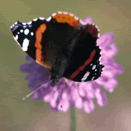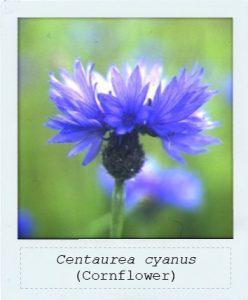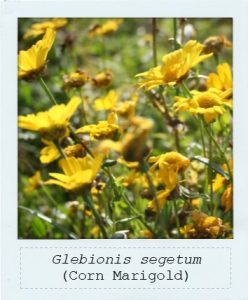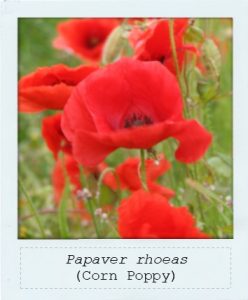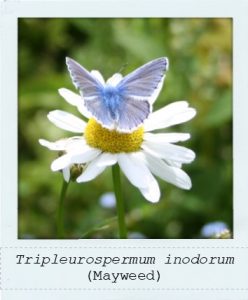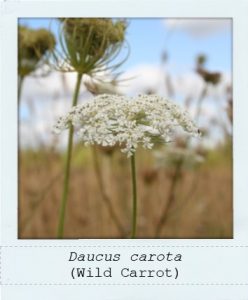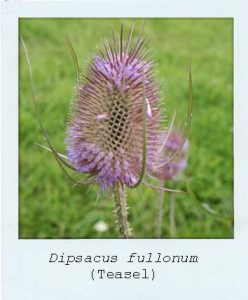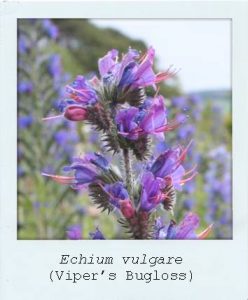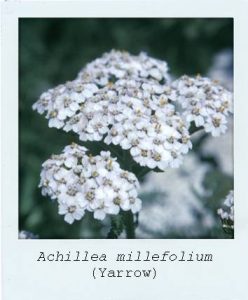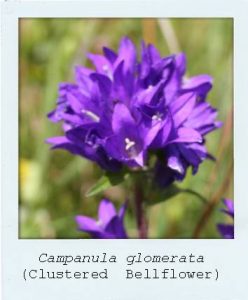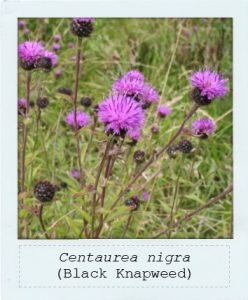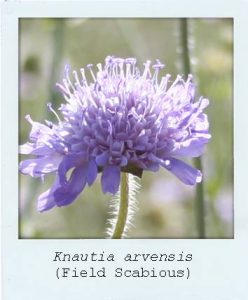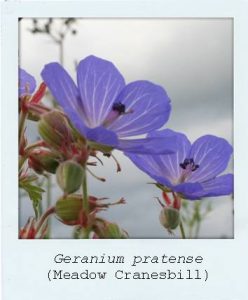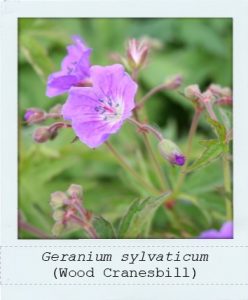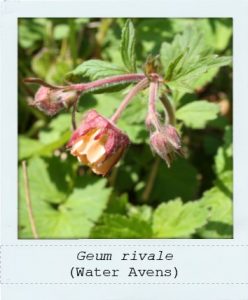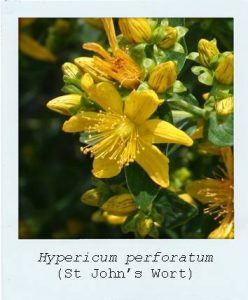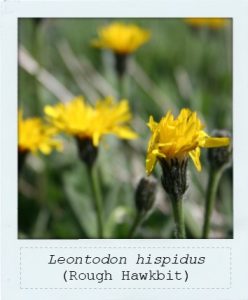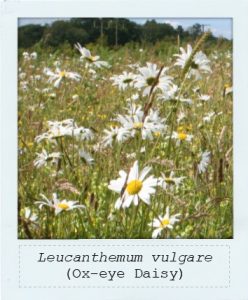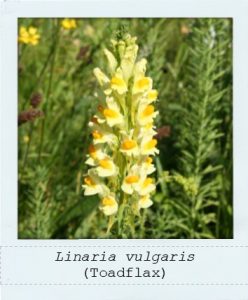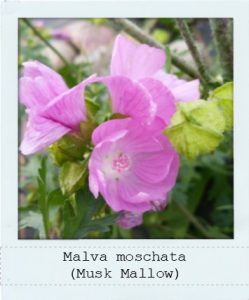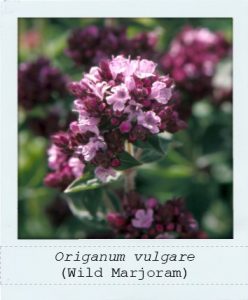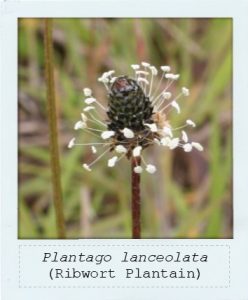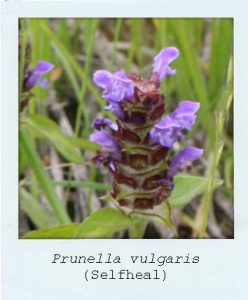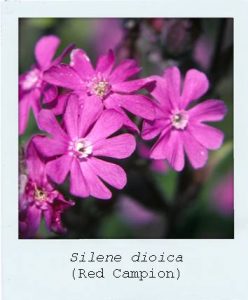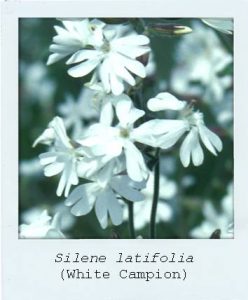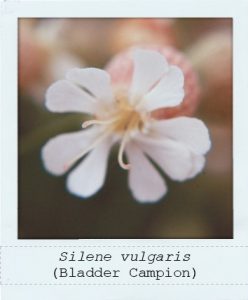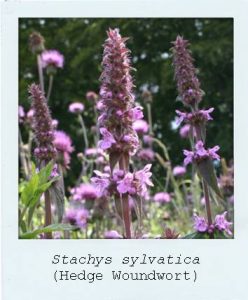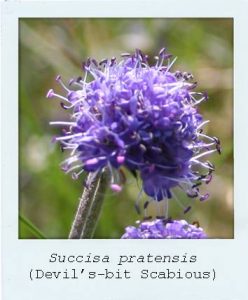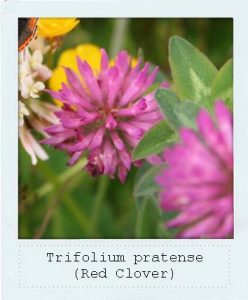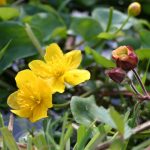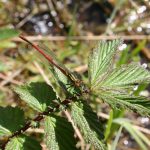Description
Get Nectar-rich Quick Mix (SCF15)
Quick growing annual, biennial & perennial Scottish wildflowers for a range of sites providing a nectar source for moths, butterflies, bumblebees & honeybees. The annual species will flower in the first season after which the biennials and perennials will continue to develop over the years. There are 34 species in this mix click on the species name to find out more. Mix as PDF
Growing & Managing Your Wildflower Mix
| Species |
Common name |
% |
| annuals % |
29.7 |
|
Centaurea cyanus (FIND OUT MORE)
|
Cornflower |
6 |
Glebionis segetum (FIND OUT MORE)
|
Corn Marigold |
10 |
Papaver rhoeas (FIND OUT MORE)
|
Corn Poppy |
12.7 |
| Tripleurospermum inodorum |
Mayweed |
1 |
| biennials % |
14.5 |
|
Daucus carota (FIND OUT MORE)
|
Wild Carrot |
3.5 |
Dipsacus fullonum (FIND OUT MORE)
|
Teasel |
2 |
Echium vulgare (FIND OUT MORE)
|
Viper’s Bugloss |
9 |
| perennials % |
59.2 |
|
Achillea millefolium (FIND OUT MORE)
|
Yarrow |
1 |
Campanula glomerata (FIND OUT MORE)
|
Clustered Bellflower |
1 |
| Cruciata laevipes |
Crosswort |
2 |
| Centaurea nigra |
Common Knapweed |
7 |
Knautia arvensis (FIND OUT MORE)
|
Field Scabious |
2 |
Galium verum (FIND OUT MORE)
|
Ladys Bedstraw |
2 |
Geranium pratense (FIND OUT MORE)
|
Meadow Cranesbill |
1 |
| Geranium sylvaticum |
Wood Cranesbill |
1 |
Geum rivale (FIND OUT MORE)
|
Water Avens |
2 |
| Geum urbanum |
Wood Avens |
2 |
| Hypericum maculatum |
Imperforate St John’s Wort |
0.2 |
Hypericum perforatum (FIND OUT MORE)
|
Common St John’s Wort |
1 |
| Hypericum tetrapterum |
Square-stemmed St John’s Wort |
0.1 |
| Leontodon hispidus |
Rough Hawkbit |
0.5 |
Leucanthemum vulgare (FIND OUT MORE)
|
Ox-eye Daisy |
5 |
| Linaria vulgaris |
Toadflax |
1 |
Malva moschata (FIND OUT MORE)
|
Musk Mallow |
1 |
| Medicago lupulina |
Black Medic |
1 |
Origanum vulgare (FIND OUT MORE)
|
Wild Marjoram |
0.5 |
| Plantago lanceolata |
Ribwort Plantain |
2 |
Prunella vulgaris (FIND OUT MORE)
|
Selfheal |
5 |
| Ranunculus acris |
Meadow Buttercup |
4 |
Silene dioica (FIND OUT MORE)
|
Red Campion |
8 |
Silene latifolia (FIND OUT MORE)
|
White Campion |
3 |
| Stachys sylvatica |
Hedge Woundwort |
1 |
Succisa pratensis (FIND OUT MORE)
|
Devils Bit Scabious |
0.5 |
| Trifolium pratense |
Red Clover |
1 |
Sowing & Managing your mix
This mix is made up of wildflowers with no grasses; it can either be grown as a solid block of wildflowers or sown into existing grassy area to create or enrich a meadow.
Preparation: kill off any existing vegetation by spraying, by ploughing or by digging it in (cutting it short first may help).
Prepare a fine seed bed – a smooth surface with the soil broken down as much as possible. For small areas breaking soil down with a fork or rake will do. For larger areas, rotovate with a garden rotovator. For ‘agricultural’ size areas, rotovate or power harrow.
Soils with low fertility can be very good sites for wildflowers. In fact in large projects where soil is being moved and there is a choice of subsoil and topsoil available, a mixture of topsoil and subsoil (about 50:50) to a depth of approx. 30 cm over subsoil is ideal (make sure the topsoil is clean of weed seeds). Subsoil alone can be used but if the structure is poor and fertility low, wildflowers will grow very slowly and may be outcompeted by plants such as clovers which do not depend on nitrogen in soil for their growth. Don’t worry if you have soil with high fertility. It is not true that wildflowers do not grow in highly fertile soil but they compete even better in sites that are low in nutrients. Weeds such as docks may outcompete them on soils with high fertility.
If large numbers of weeds are expected on a site, for example a site which has been very weedy over a couple of years, a ‘stale seed bed’ technique can be used before sowing to reduce the number of weed seedlings; cultivate the soil for sowing but allow weed seeds to germinate. Then kill weed seedlings by rotovating or spraying, repeating the process once or twice more. Places where grass has been growing often have a relatively low number of weed seeds present in the soil and can be good once the grass has been removed.
Sowing: Sow at 2g/m2, i.e. 50g for an area 5m x 5m or 100g for an area 7m x 7m. This sowing rate allows plants space to grow – it is not advisable to increase the sowing rate.
You can sow in spring and early summer (Early March to June), as soon as it is possible to work the soil and the soil starts to warm up (later in wet soils). Late sowing after April is possible up to the end of June but there is a risk in some areas of the country after May that seedlings will appear in very warm weather and the young plants may dry out and die. In other areas, the risk is quite small and, depending on weather conditions, sowing can be done throughout the summer. You can also sow in autumn (mid-August to September). The advantage of an autumn sowing is that plants get an early start in the following spring. The disadvantage is that the site will look bare over winter with the possibility of soil erosion on some sites and any seedlings that unexpectedly appear may later be killed by frost.
How to sow: seed can be sown by hand or by using a mechanical method. You can use some dry sand or sawdust to bulk up the seed so that it is easier to handle and to see where it has been spread. Mix seed very well before and during sowing as some seeds are very small and dense and will separate from larger and less dense seeds. Seed should be sown on or very close to the soil surface.
Sowing by hand – choose a calm day as seed can be blown away easily. Divide the site up into at least four equal areas. Divide seed into the same number of equal sized amounts. Use the first lot of seed on the first area to get used to sowing at the correct sowing rate. Seed can be spread from a box or bag using a wide swinging action (to cover up to 2m width). Walk up and down in a regular pattern, remembering that it can be difficult to see the seed on the ground so you may have to look at your footprints or use a marker to see where you have already sown. If you can, use half of the seed for each area sowing in one direction and then use the other half sowing at rights angles. This helps to avoid leaving any empty patches.
Sowing mechanically – broadcast by seed or fertilizer spreader. Cut the rate down to a very low level to start with and sow twice as above. A seed drill can be used but it must be set to allow the seed to be sown on or very close to the surface.
After sowing, roll the ground. For small areas without a roller, seed can be trampled in by foot – as long as the seed is pressed into the soil surface so that it makes good contact with the soil and so will absorb water from it more effectively. A very light raking or harrowing before rolling can help to settle the seed into the soil, especially for sowings late in the spring or if dry conditions are expected, but the seed should not be buried.
Managing your wildflowers after establishment:
This mix includes a small proportion of cornfield annuals which will only flower for one year (see above) and the rest of the mix are mostly perennial wildflower species with a small number of biennial species. The biennial species in this mix will usually grow and then flower in the second year. They will often self-seed very happily and reoccur. Perennial wildflowers are longer lived species which will grow and begin to flower in the second and third seasons and will continue for many years after that. They can be cut back after flowering or you can leave seed heads and dried stems over winter to look attractive as well as providing food and shelter for wildlife. New growth will come through in the spring. It is likely that over time weeds will start to appear. If the ‘weeds’ are attractive grasses you have the option to leave them and allow the area to evolve into a grassland and start managing it as a meadow.
If you are using the wildflowers to add to existing grass to make a meadow then bear in mind that adding wildflowers to an existing grassy area to create a wildflower meadow can be less successful than sowing a full meadow seed mix into a seed bed of open, clean soil because the competition that the existing grass provides may be too much for wildflowers to establish: seed may not make good contact with the soil and fail to germinate or, if the seed germinates, seedlings can be smothered by the more vigorous grass, outcompeted for light, nutrients and space. Steps can be taken however to maximize chances of successful establishment of wildflowers into existing grassland, by disturbing grass that has become a dense sward.
If possible, long-term preparation before sowing can greatly increase successful wildflower establishment and persistence in grassland. Establishing Yellow Rattle (Rhinanthus minor), ideally over several seasons, is the most effective way although it can be sown at the same time as the other wildflowers if necessary. ‘Rattle’ is a pretty, yellow-flowered annual plant. It is a good source of nectar for bees but is in addition a hemi-parasite which parasitizes the roots of some plants, especially grasses. As it steals nutrients from grasses, they produce less growth and the balance of competition is changed in favour of other wildflower species. ‘Rattle’ builds up in patches and then begins to thin out as its hosts become fewer. These patches are then open for further colonization by wildflowers. It is part of most ancient meadow communities.
Yellow Rattle should only be sown in late autumn, to ensure that it receives the prolonged period of cold required for its germination. It is most successful where grass is cut back and then harrowed, rotovated or harshly raked before sowing, as healthy grass, with access to high levels of nutrients can resist the attempted parasitization by Yellow Rattle. The ‘Rattle’ seed is sown into the harrowed or raked areas and then trodden or rolled in – all it really needs is good contact with the soil. Germination occurs early in spring and the annual plant grows and sets seed which then spreads through the meadow area.
As Yellow Rattle does not readily spread into healthy vigorous grassland, neighbouring areas managed for hay, silage or lawns are unlikely to be affected. Cutting ‘Rattle’ when flowering and before setting seed is an effective way to control it if it is no longer wanted.
If you cannot, or do not want to use Yellow Rattle you can alternatively weaken the grass by cutting it as often and as short as possible and remove the cuttings in the season preceding sowing wildflowers – this can also help Yellow Rattle establishment if you do want to use it.
Sowing: wildflowers added to existing grass should be sown at a rate of 1-2g/m2. The grassy area to be sown should be harrowed or rotovated robustly (or at least very harshly raked) to increase open soil and damage the grass. Seed should be hand sown across the surface area and rolled, or trodden in. You should then begin to manage your site as a meadow.

